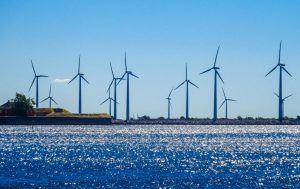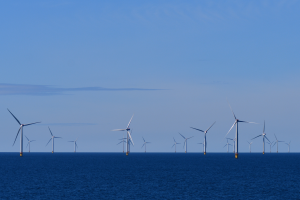The seabed structure of more than 136 km2 of the Baltic Sea is suitable for the development of an offshore wind farm, as confirmed by the latest round of geological and geotechnical seabed surveys. The procurement procedure for the selection of a wind farm developer with up to 700 MW of generating capacity is expected to be launched in autumn this year.
The seabed structure surveys carried out by Garant Diving and Geobaltic, a jointly contracted group of service providers, are crucial for the selection of wind farm foundation models and the technology for their installation.
The first and second stages of the geological surveys found that the area 30 km from Palanga Offshore Wind Farm is suitable for wind farm development based on the geological structure of the seabed. In addition, the site is not located within a zone of seismically active tectonic faults and does not overlap with potential oil structures.
In the third phase, studies assessed the mechanical properties of seabed soils, which are important for the selection of offshore wind farm structures, cable construction and related infrastructure development.
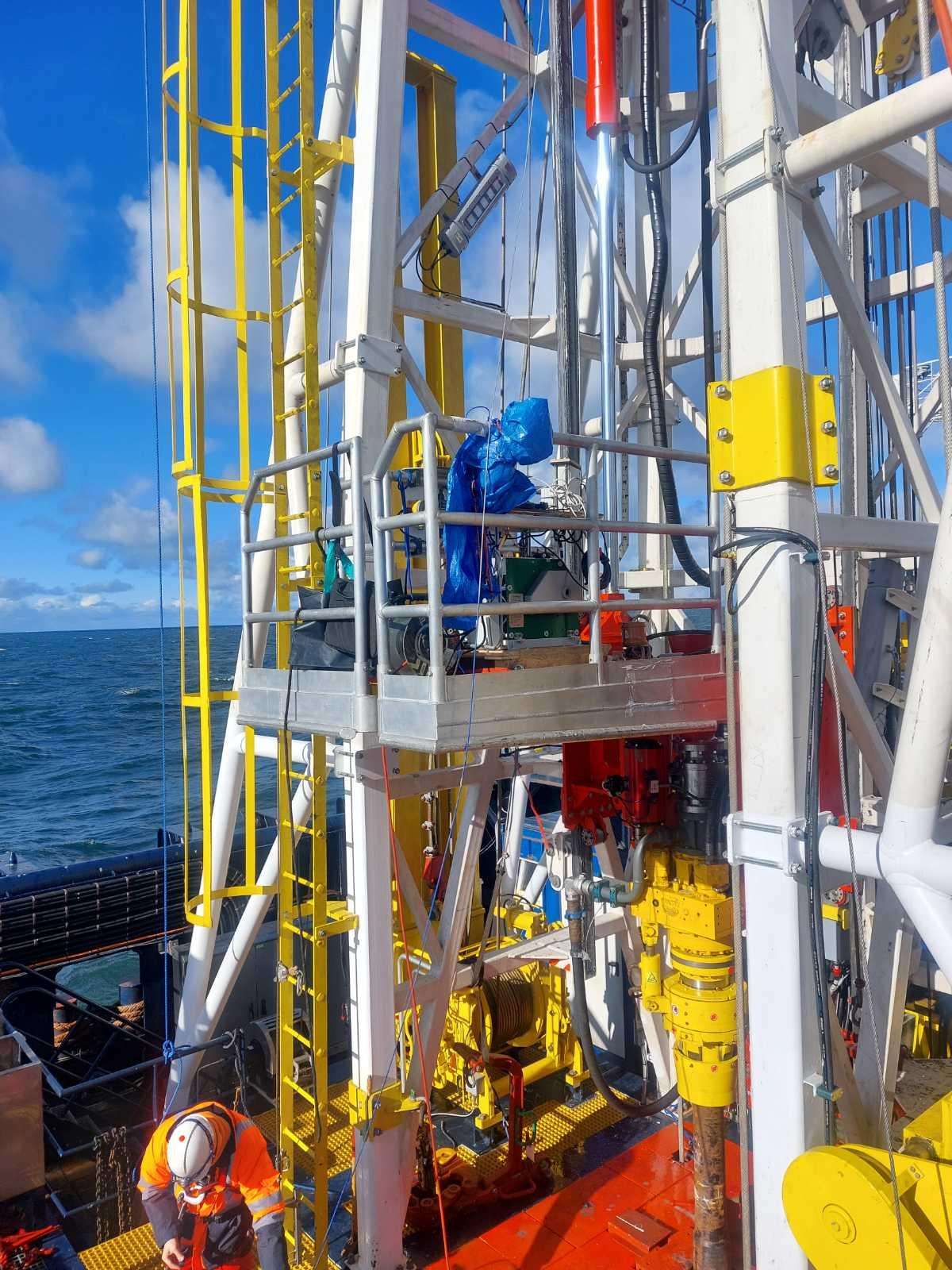
22 boreholes were drilled during the survey in 136 km2 of the Baltic Sea, of which 20 were drilled to a depth of up to 3 metres, and two boreholes were drilled to a depth of 100 metres. Laboratory studies have shown that the seabed geology of the whole area is heterogeneous. Weak, loose and water-saturated sandy soils are common in the west-south-western direction, while the north-eastern corner of the area is dominated by strong and very strong glacial soils. Developers are advised to take this into account when planning routes for electricity cables and selecting the infrastructure needed for construction work.
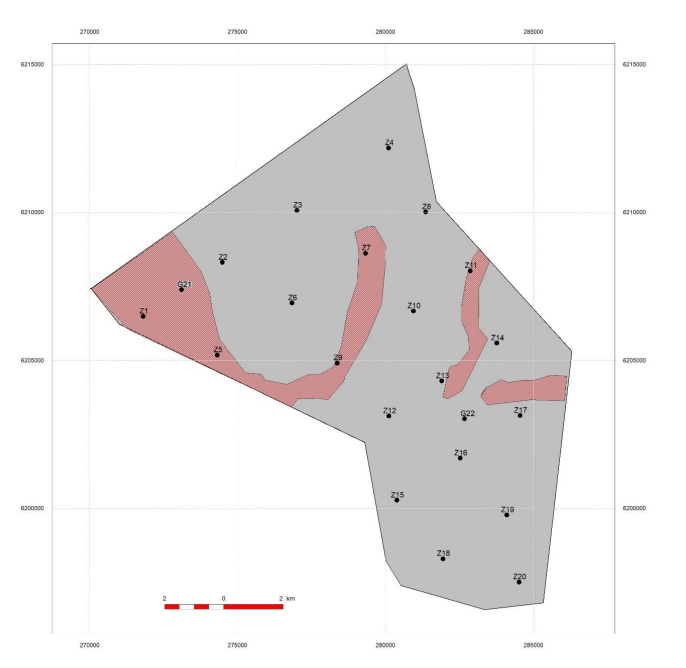
The studies have focused on engineering assessment of the zones of weak soil distribution and thickness. In areas of very friable and water-saturated sandy soils, the researchers recommend that developers carry out more detailed engineering geological studies to determine the extent of these layers.
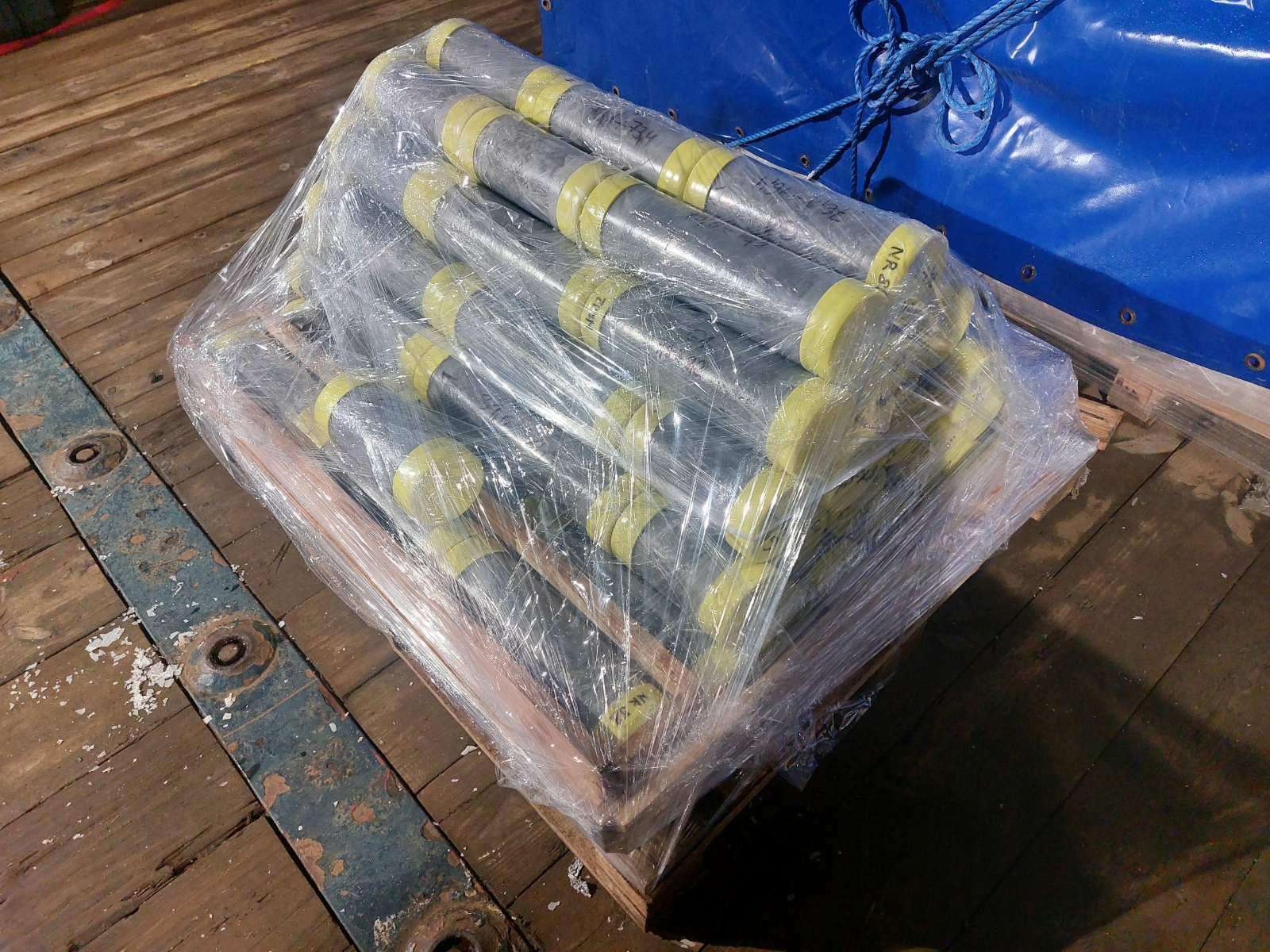
The engineering geological and geotechnical studies of the Baltic seabed have been financed by EU funds for the preparatory work for the development of the offshore wind farm and the installation of the associated infrastructure. The total amount earmarked for preparatory work is EUR 11.54 million, financed by the Recovery and Resilience Facility and the Lithuanian state budget. The preparatory work for the development of wind farms in the Baltic Sea is implemented by the Ministry of Energy of the Republic of Lithuania.
Lithuania is preparing to build two wind farms in the Baltic Sea, each with a capacity of 700 MW. The two offshore wind farms would provide about half of Lithuania's current electricity needs and reduce the country's dependence on electricity imports.
Engineering geology and geotechnical survey report



